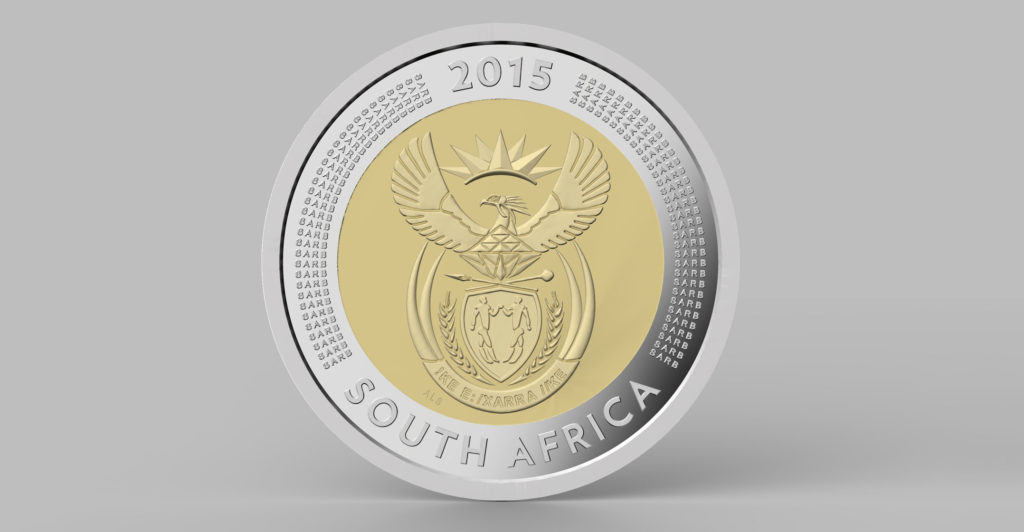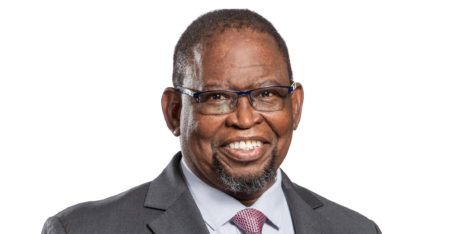 The rand is suffering its worst start to the year against the dollar since the global financial crisis of 2008, and it’s not about to get any better in March, if history is any guide.
The rand is suffering its worst start to the year against the dollar since the global financial crisis of 2008, and it’s not about to get any better in March, if history is any guide.
The rand has weakened 11.7% in the first two months of the year, and seasonal data show that the currency has declined against the dollar in March in four of the past five years. That trend is set to continue amid a global risk-asset sell-off sparked by the spread of the coronavirus. To add to the rand’s woes, Moody’s Investors Service described South Africa’s fiscal risks as “elevated”, raising concern the country is heading for a downgrade to junk.
Moody’s, which is reviewing South Africa’s Baa3 credit rating next month, said the government will find it hard to achieve spending cuts mooted in the budget, which include a reduction in the wage bill that’s opposed by labour unions. Finance minister Tito Mboweni said on Wednesday government debt will continue to climb even with the spending cuts as weak economic growth curbs tax collections.
South Africa’s budget deficit as a percentage of GDP is set to widen to 6.8% in the fiscal year ending March 2021. That’s the highest since 1992/1993, when the gap was 7.2%, and compares with a forecast of 6.5% in October’s medium-term budget policy statement.
“All told, the package is unlikely to be sufficient to convince Moody’s,” said Elisabeth Andreae, a Frankfurt-based currency and emerging-market analyst at Commerzbank, in a note to clients. “We therefore continue to consider a rating downgrade to junk at the review in March to be likely.” The rand will remain “under depreciation pressure”, she said.
The rand declined as much as 1% on Friday before paring the decline to trade 0.5% down at R15.56/US$ by 9.26am in Johannesburg. That’s its weakest on a closing basis since June 2016. — Reported by Colleen Goko, (c) 2020 Bloomberg LP




